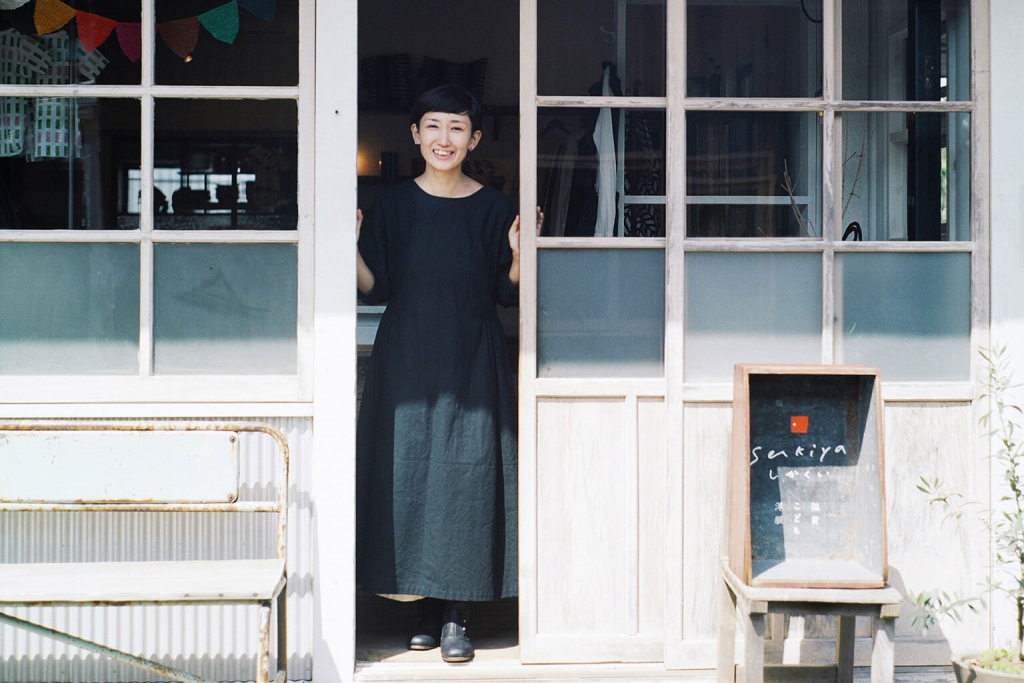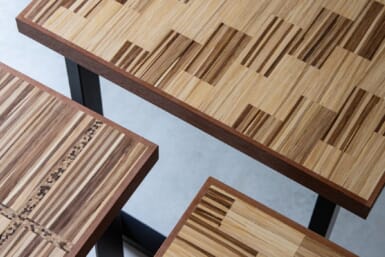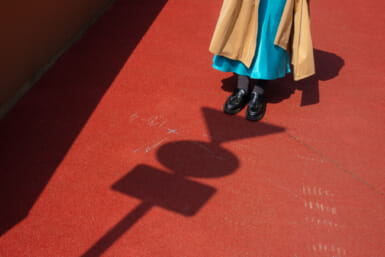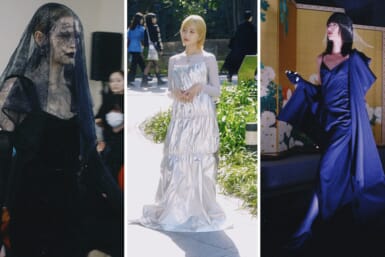I’m interviewing Hideyuki Takahashi over Zoom as he tells me the story of Senkiya, a community space he owns and runs in Kawaguchi, Saitama Prefecture. To tell his chronicle he has created a manga spread out over a myriad of hand-drawn pictures and as he performs, he asks me what I think will happen next. It’s a beautifully bizarre but charming method of narrating his story, his family’s adventures and the birth of a project which is growing wings and capturing the hearts and minds of a whole host of creators and like-minded allies throughout the greater Tokyo area.
The concept of community, naturally, isn’t new but in recent years there has been an active and discernible rise in the number of local communities and communal spaces sprouting up all over the city. From Mia Mia in Higashi-Nagasaki to Nishihara Shotengai in Hatagaya, there are individuals and small groups of people demanding more from local areas and their residents. Eschewing the myopic Thatcherite belief that “there is no such thing as society,” these creative instigators are encouraging locals and visitors to establish their own community, to be part of a collective, to give and take and to immerse themselves in a movement that will grow to be all-encompassing, inclusive and, perhaps most importantly, compassionate.
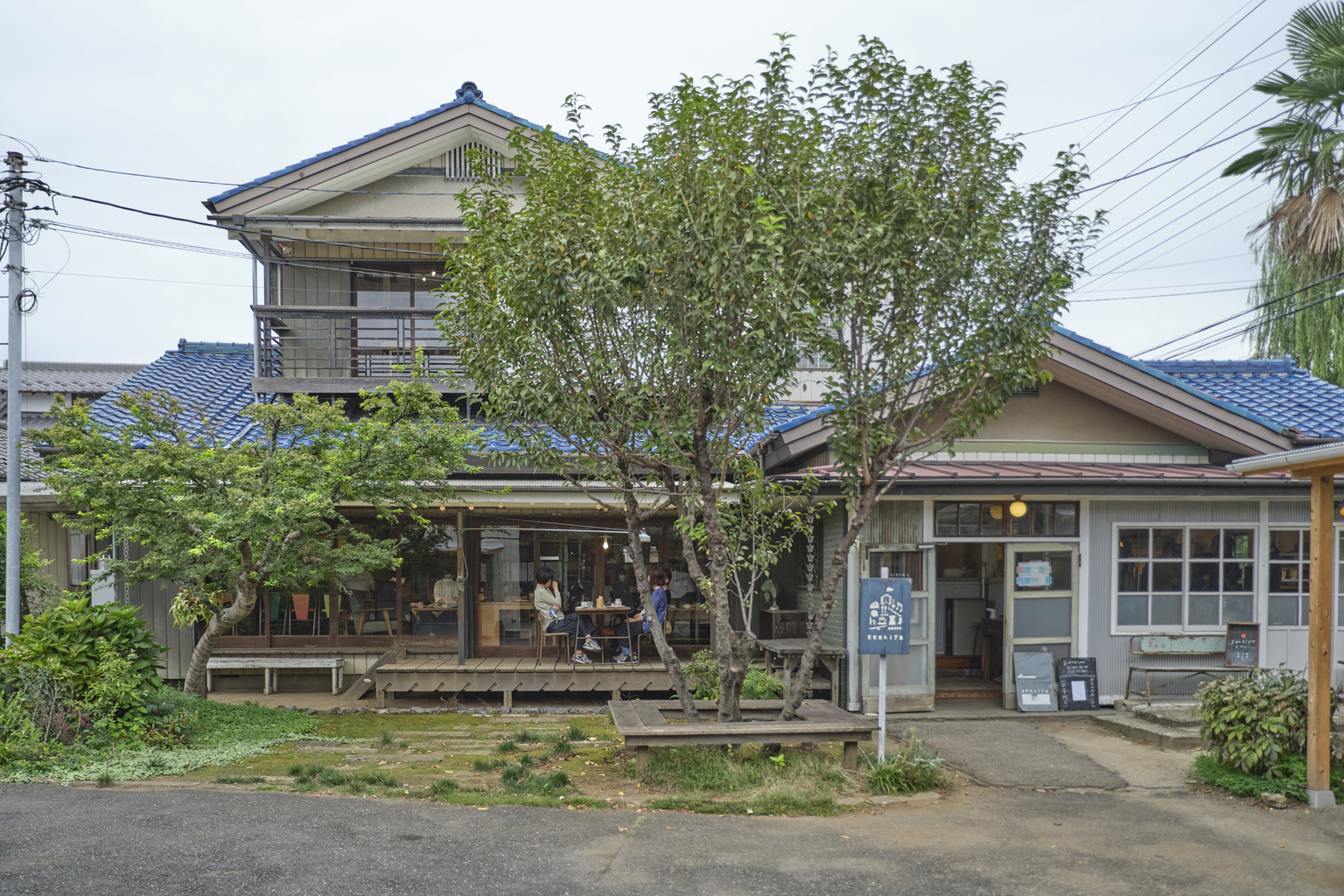
The Takahashi family have inhabited this particular part of Kawaguchi for more than a century. A clan of gardeners, they have owned land there since the Edo Period (1603–1868) and some years back, after time spent in a vocational school for florists and two years working at the Tochigi institution that is Café Shozo, the stars aligned and Takahashi’s dream since he was in school of opening stores together with friends, ultimately came true. Café Shozo plays an important role in many of the new communities that are appearing all over Kanto. The ambience and communal strategy employed by its owners have inspired many acolytes searching for an opportunity to collaborate with eager business owners and to stimulate local towns.
While at Café Shozo, Takahashi worked in several positions and like any other keen future entrepreneur listened and learned from his colleagues, taking on board the nuances and intricacies involved in running a successful business. Takahashi, an always friendly and charismatic personality, talks frequently about the concept of the Japanese shotengai or traditional shopping street. Shotengai can be found in every part of Japan and are often characterized by their long and narrow corridor design with a disparate collection of stores ranging from wagashiya and yakitoriya to tea shops and izakaya. In the Showa Era (1926–1989) and previous periods, shotengai acted as the heart and soul of villages and towns throughout the country but, in recent times, have fallen out of favor due to the rise of retail parks, department stores and massive shopping complexes. Some shotengai, naturally, are still surviving and doing solid business such as Happy Road in Itabashi’s Oyama district, but generally they are a melancholy reminder of the passing of time.
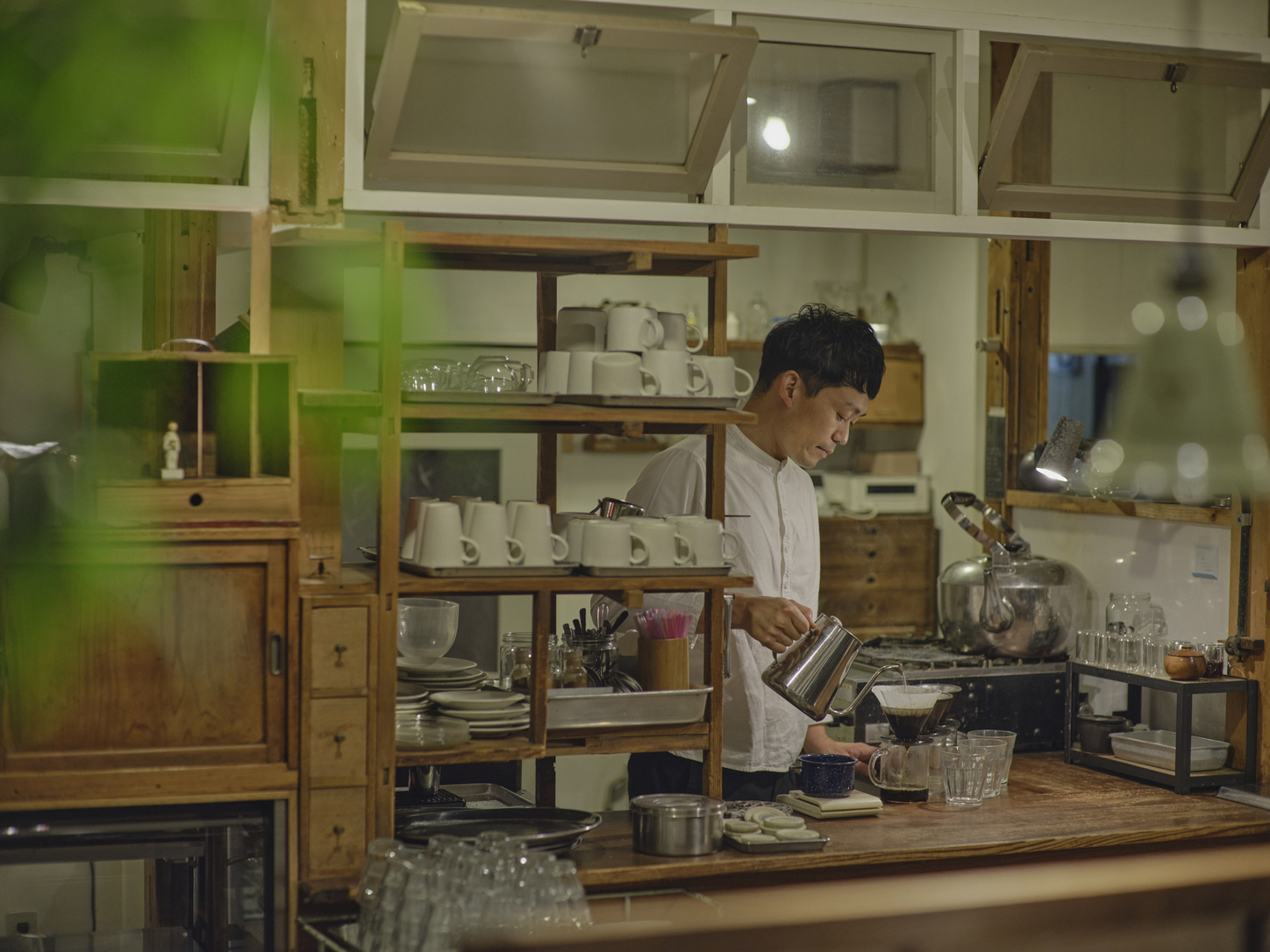
His father’s ground in Kawaguchi became the setting for Senkiya which is the original name of the house and its terroir. A friend asked to relocate his garage there, and then another asked to sell their accessories in another space while Takahashi began constructing more shop spaces with his wife opening a clothing store next to the restaurant which had also opened. Ostensibly, Senkiya was becoming and transforming into an unorthodox shotengai. Perhaps more compact and close-knit but compatible with others with a shared ethos. To bring people closer together, to create, connect and showcase artisanship and community.
The Takahashi family welcomed their first baby in 2009 and when the devastating 2011 Tohoku earthquake and tsunami struck Senkiya, by chance, became a community focal point, a vital hub for locals. “The earthquake hit on a Friday and we opened the following day but nobody came,” says Takahashi. “On the Sunday, however, so many people came to check up on us and to make sure everyone else in the area and regular customers were safe. That was a kind of starting point. We opened a café in May of that year and the sense of community really started to grow.”
“We’ve had wedding parties in the space and grown to incorporate a plant shop, coffee shop, bagel store and a bakery, as well as live music and events. We’ve had Irish bands play and other musicians come that have been recommended by customers or friends.” The Kawaguchi native drives home this sense of friendship, customers and recommendations. It seems that, over the course of the interview, Takahashi thrives on like-minded people, people who share his values and the values of the Senkiya community.
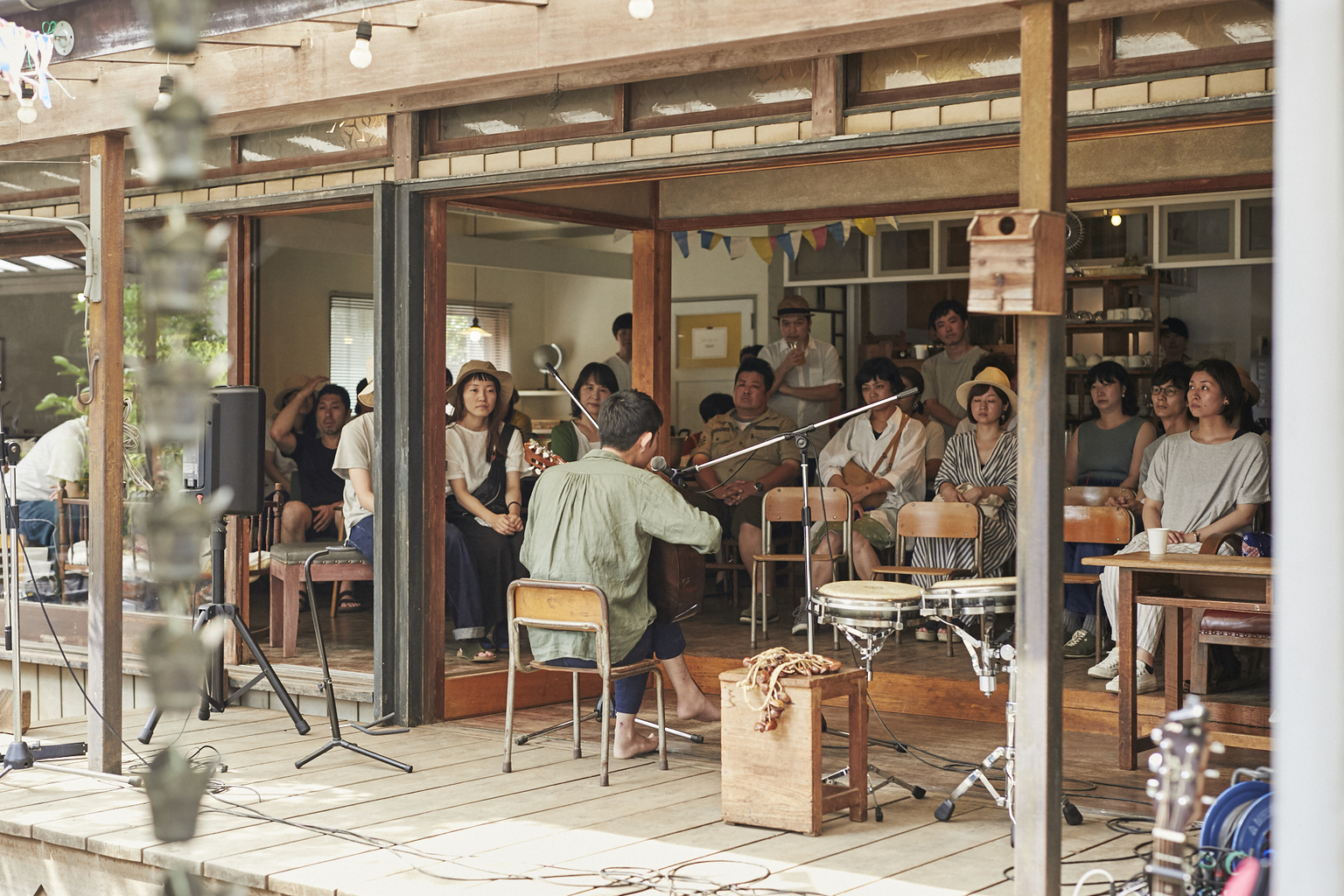
Not one to rest on his laurels, Takahashi expanded the Senkiya community with an additional communal space named Seven Art opening in the summer of 2021, only one kilometer from the original Senkiya. Part of the Seven Art complex, which repurposed a former 7-Eleven convenience store, it contains Kippudou, a wood and wood-cutting store, Brunswick Kitchen & Coffee and a recycle store named Senkiya Atonimo. The Seven Art concept is based on Senkiya and according to Takahashi, is the next step in creating a whole host of small community spaces throughout the Kawaguchi area.
His ultimate dream is to build another few spaces so visitors to the areas and locals can jump on their bike or in their cars and stop off at all the Sekiya spots on the route. “The area really doesn’t have much so I thought I’d build my own spaces and they can be, possibly, an inspiration for others to do the same,” adds Takahashi.
In the main Senkiya space itself, visitors will find a popular restaurant space, a select shop with casual yet chic apparel, a leather goods store named Journey which has a variety of goods on sale such as handbags and wallets in addition to a working atelier where you can see the artisans at work. A bagel store, bike shop and some other pop-up spaces reside throughout the complex and, on the whole, makes for a lovely afternoon trip and a visit to a part of Kanto which is often criminally overlooked.
With the nickname Kawaguchi Shinmachi or Kawaguchi New Town, Senkiya has already attracted a fair amount of local and national press with fashion magazine Popeye featuring it in its coffee issue of November 2021 in addition to a healthy and growing selection of social media accounts which are contributing to its success and upwards trajectory in the consciousness of people interested in creating communities, communal spaces and areas for small and artisanal companies looking for somewhere to showcase their goods or skills.
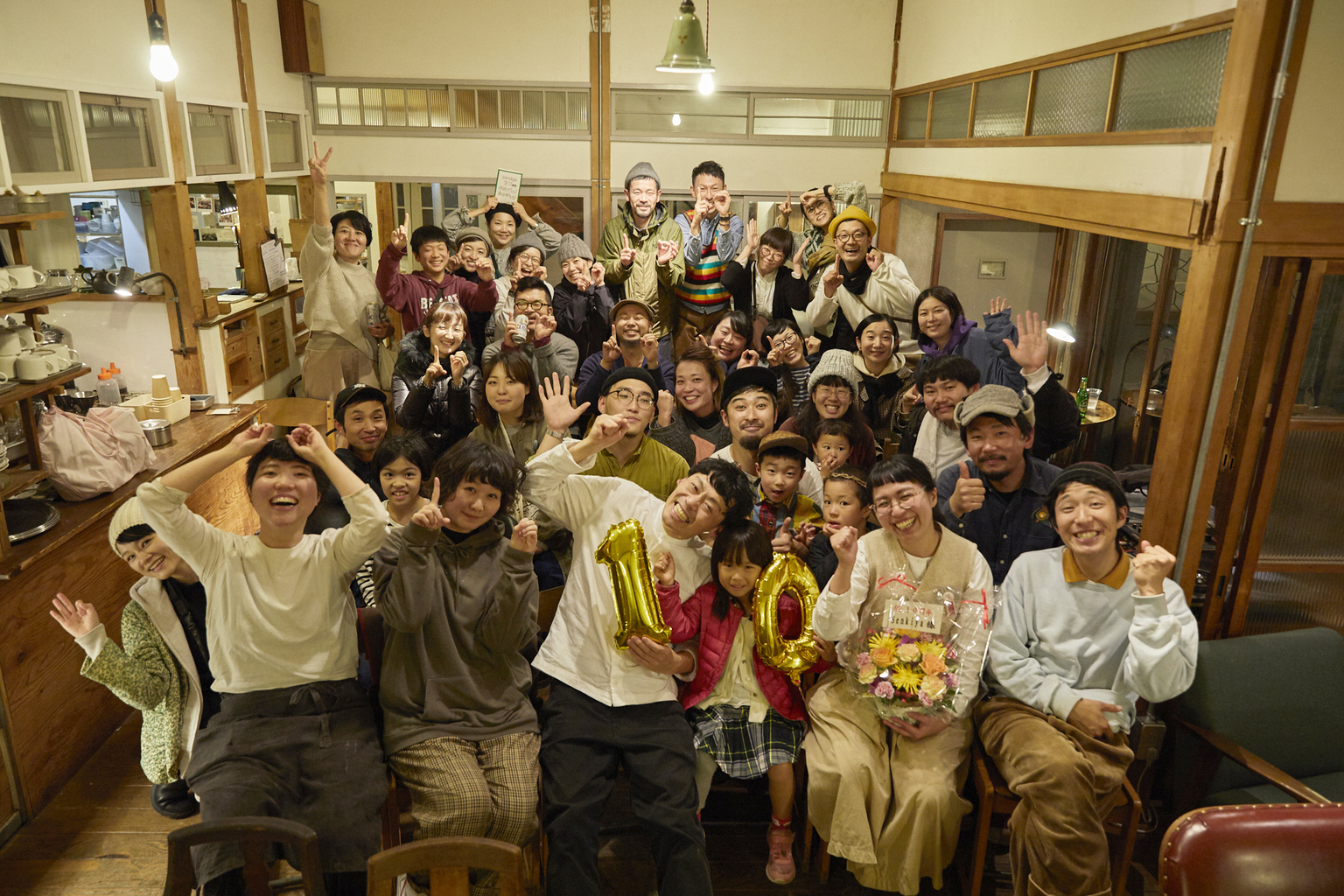
From Café Shozo to a growing cluster of like-minded communities sprouting throughout the Kanto region of the country, communes or organic communal spaces are slowly, it could be said, replacing the old-style shotengai shopping street of old. Maintaining the shotengai’s strong relationships between customers and shop owners, these new collectives are revitalizing some unassuming pockets of the greater Tokyo area and breathing new life into them with events, craftsmanship, fresh approaches to food and retail and an ethos of collectivity and compassion, traits which will hopefully take root throughout Japan in the coming years and spearhead a new movement which eschews soulless urban shopping complexes in favor of local, homegrown businesses.
For information about Senkiya please visit www.senkiya.com

